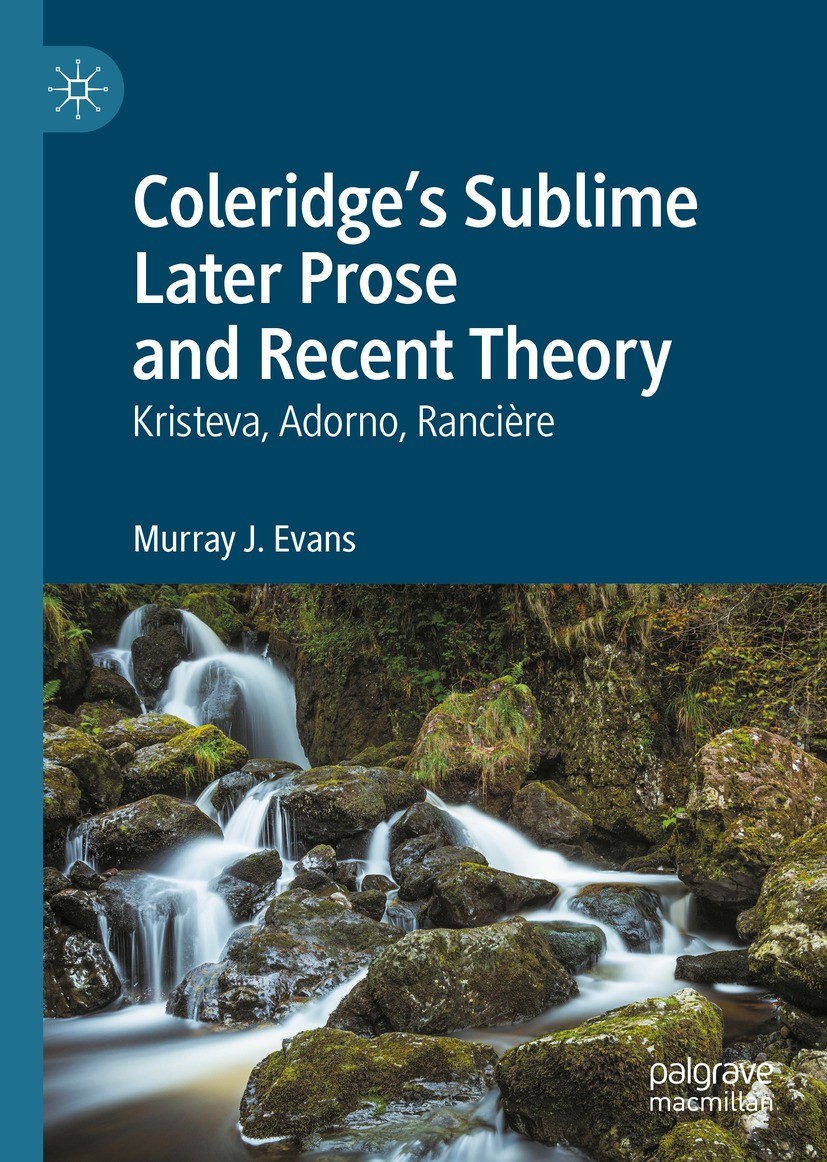This page is one of those to enable the Friends to share activities and opinions from different places where Coleridge lived and worked. Do please email us (tsackett@btinternet.com) with information about forthcoming events and articles which you might wish to share. As time goes on we will build a picture of the impact and influences these special places had on Coleridge’s life and thought. So do please send us material to start the ball rolling.
1796 Moves to Nether Stowey, Somerset with family.
1797 Friendship with Tom Poole. Assciation with Worthworth develops; William and Dorothy Wordsworth, and Charles and Mary Lamb, stay at Stowey; Coleridge writes This Lime-Tree Bower My Prison; Wordsworths move to Alfoxden, near Stowey; Coleridge publishes a second edition of ‘Poems’; writes Kubla Khan and Part One of Christabel; attempts at collaboration with Wordsworth fail and Coleridge begins The Ancient Mariner; works for the 'Morning Post'.
1798 Accepts Wedgwood annuity; Berkeley born (May); finishes The Ancient Mariner; writes Frost at Midnight, France: An Ode, and Fears in Solitude – published as a book later in the year; Lyrical Ballads (co-authored with Wordsworth) published, containing The Ancient Mariner; travels to Germany with the Wordsworths and Wordsworth begins The Prelude, the Poem to Coleridge. Leaves Nether Stowey for London in 1799.







